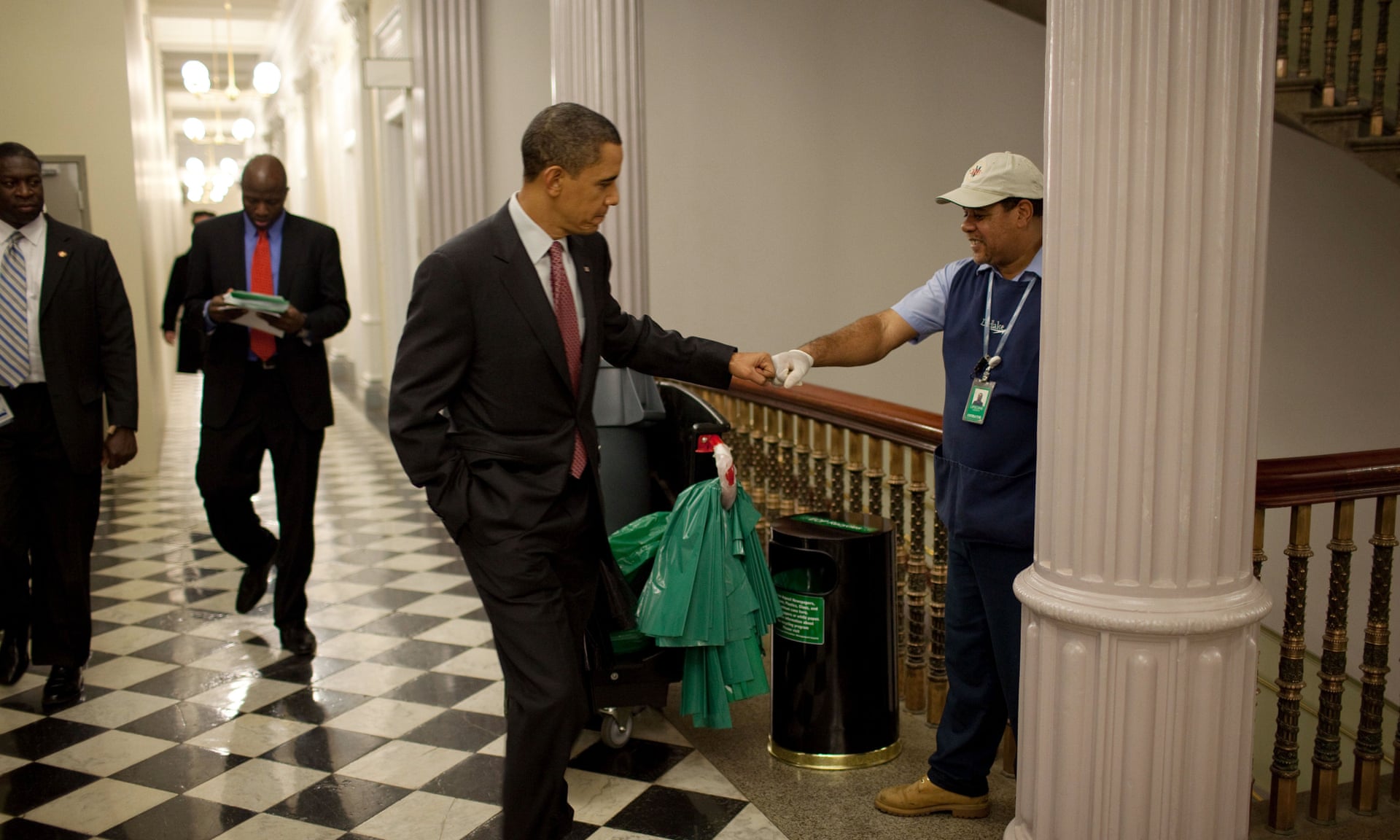Amrita Hepi’s New Dance Collab Explores Authenticity, Race & The Politics Of PassingPosted in Articles, Arts, Media Archive, Oceania, Passing, Women on 2016-06-01 18:06Z by Steven |
Amrita Hepi’s New Dance Collab Explores Authenticity, Race & The Politics Of Passing
Oyster
Paddington, New South Wales, Australia
2016-05-10
Local hero Amrita Hepi is showcasing her new dance piece ‘Passing’ — with costumes by Honey Long and sound by Laverne of Black Vanilla — alongside Jahra Rager at Next Wave Festival this week. To celebrate, we linked her up with another one of our fave woke ladies, Jerico Mandybur, and they chatted through identity, the WOC diaspora and the politics of passing.
Get to know the story behind the stellar performance piece below (before you make the good life choice to head along to Next Wave and see it IRL).
Jerico Mandybur: Hey! So it’s called ‘Passing’, can you talk to me about what naming it that means, and basically what the concept of “passing” means in relation to the work?
Amrita Hepi: Well, we came up with the idea of naming it ‘Passing’, because the work itself kind of matched bodies under pressure. So the idea of women of colour and their intersections, and what it means to be of many world races and titles, and I guess when you’re “passing” there’s always this kind of fear of inauthenticity, which is something that’s very human that we all feel. But in relation to the work, it was just feeling like we were constantly only just passing, and there was this fear of almost like being discovered as something other than what we were. Does that make sense? [Laughs]…
Read the entire interview here.


